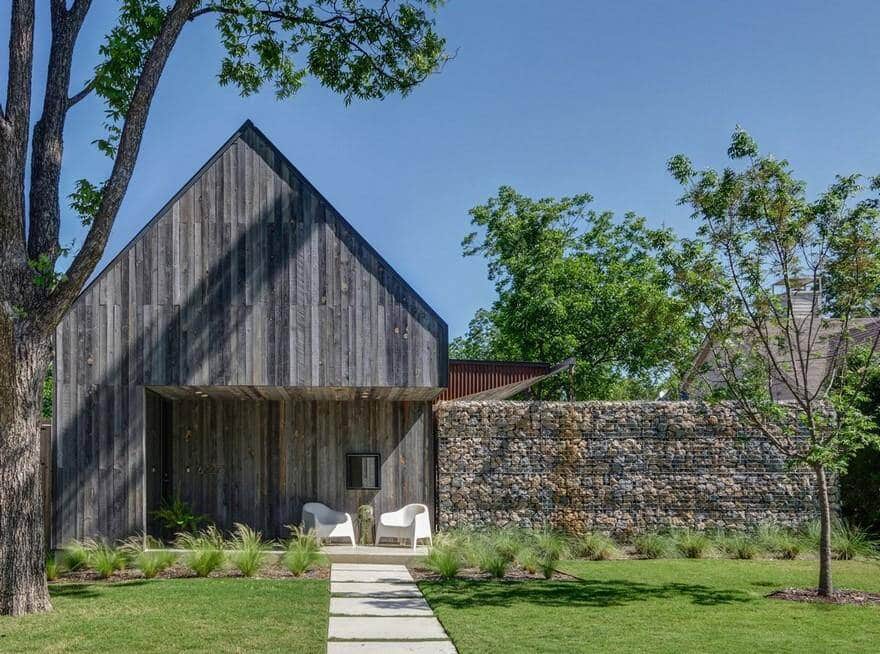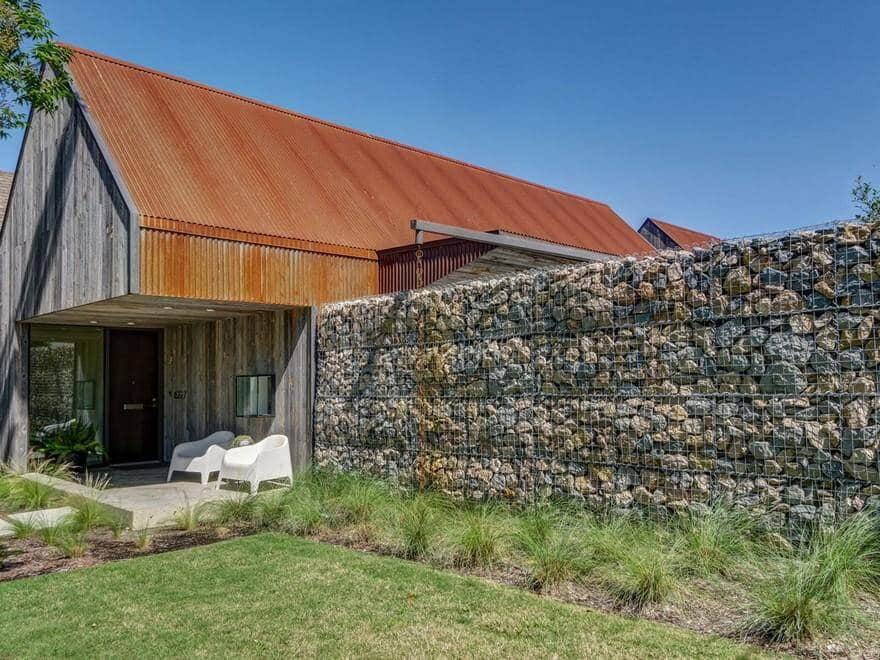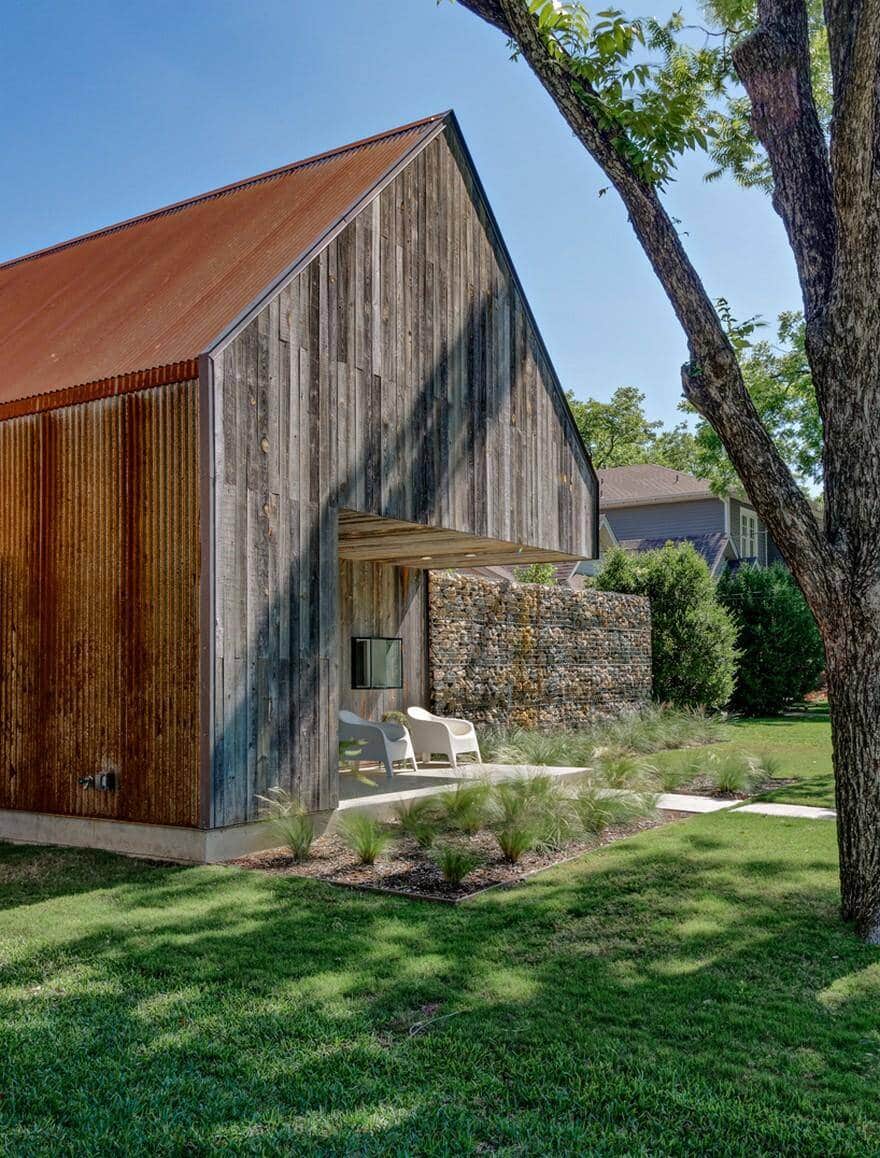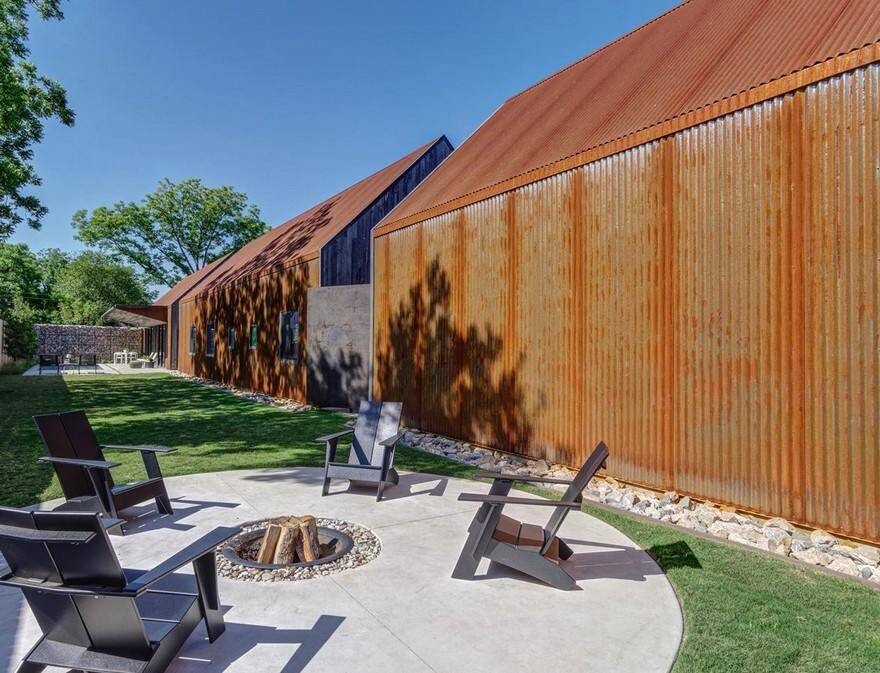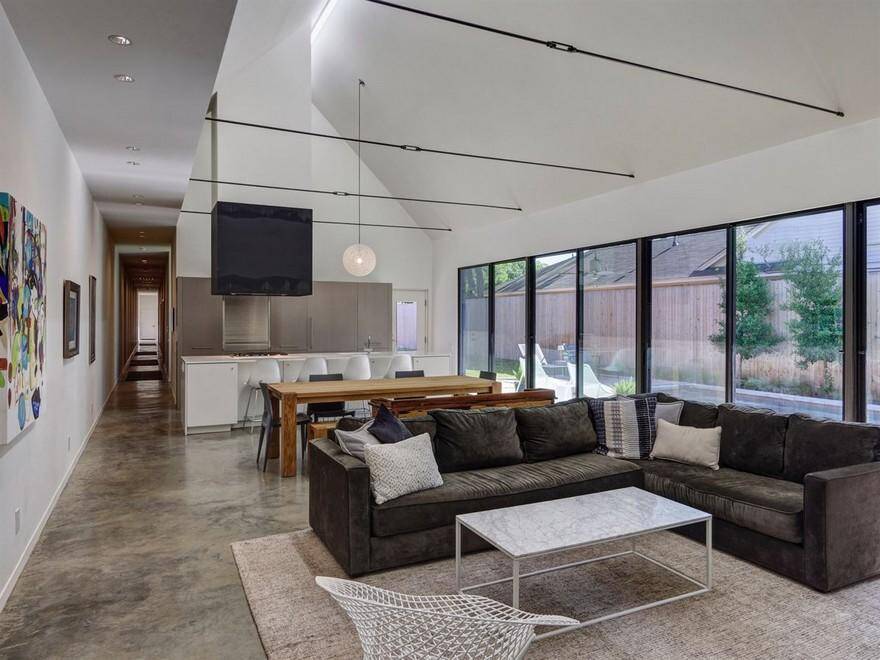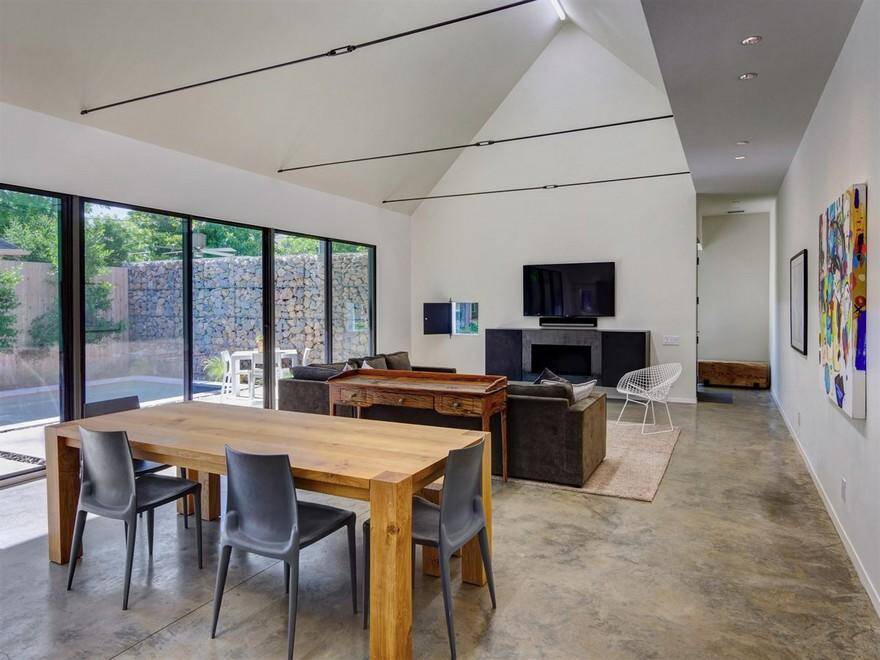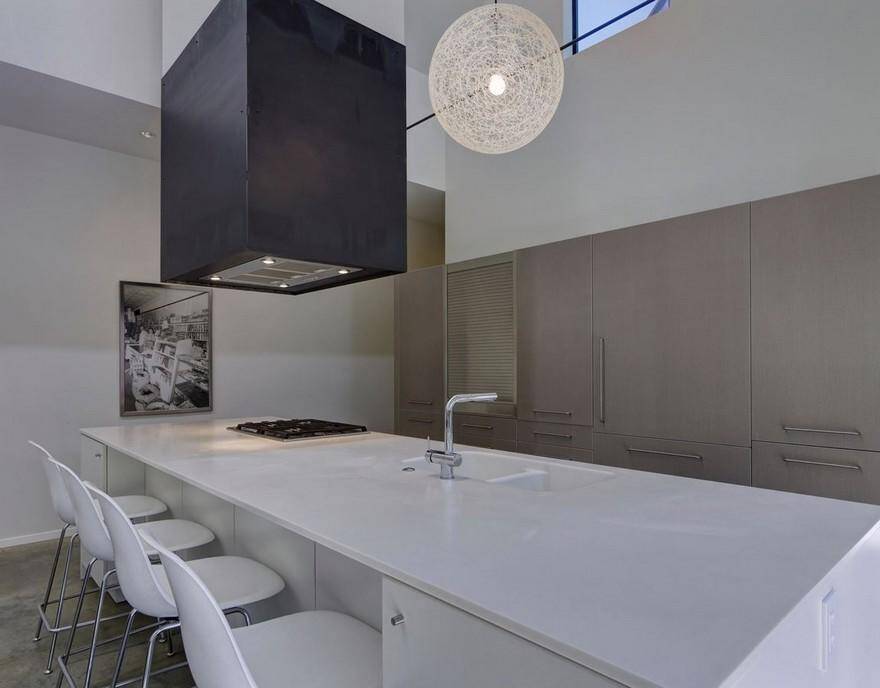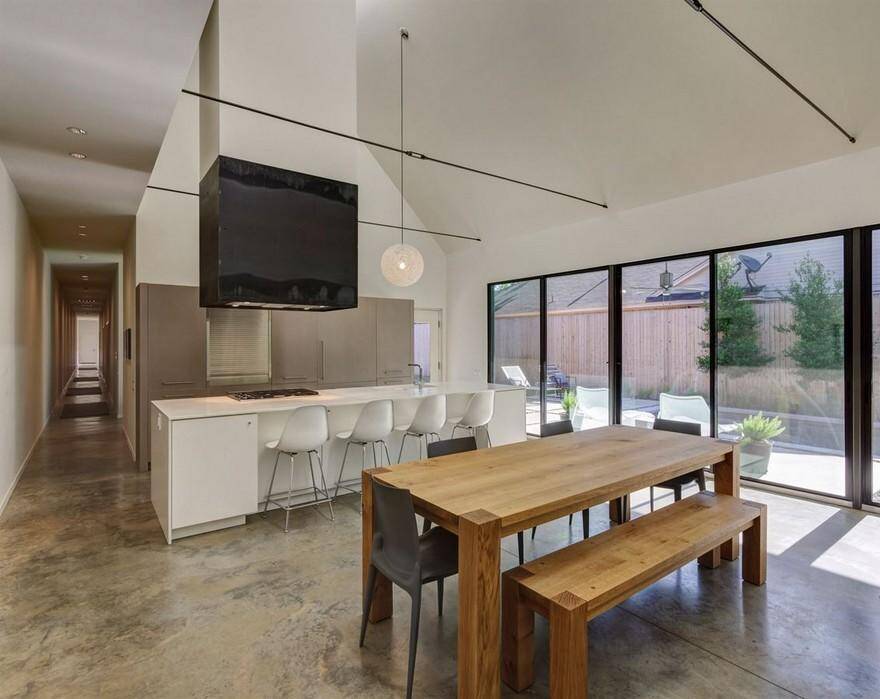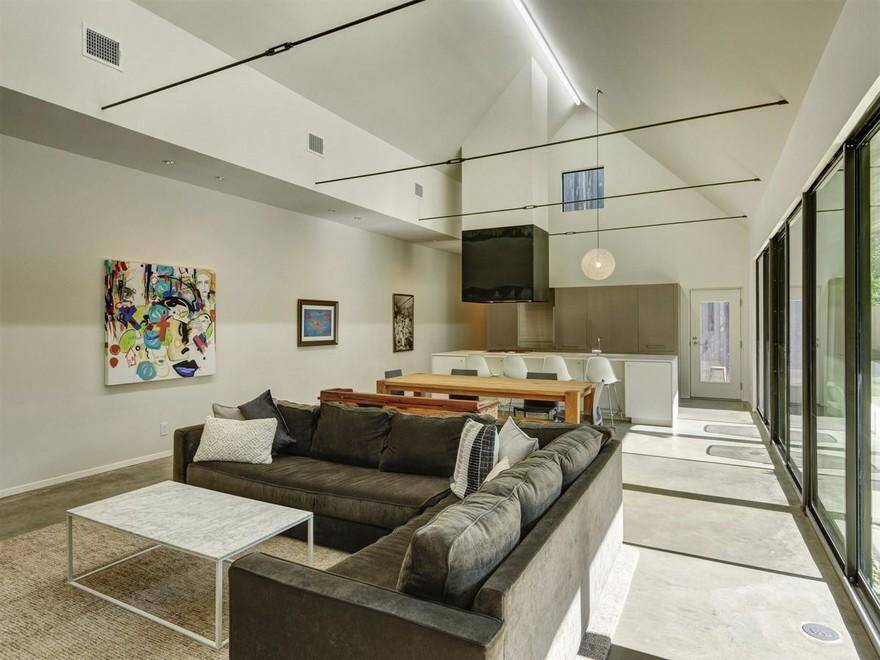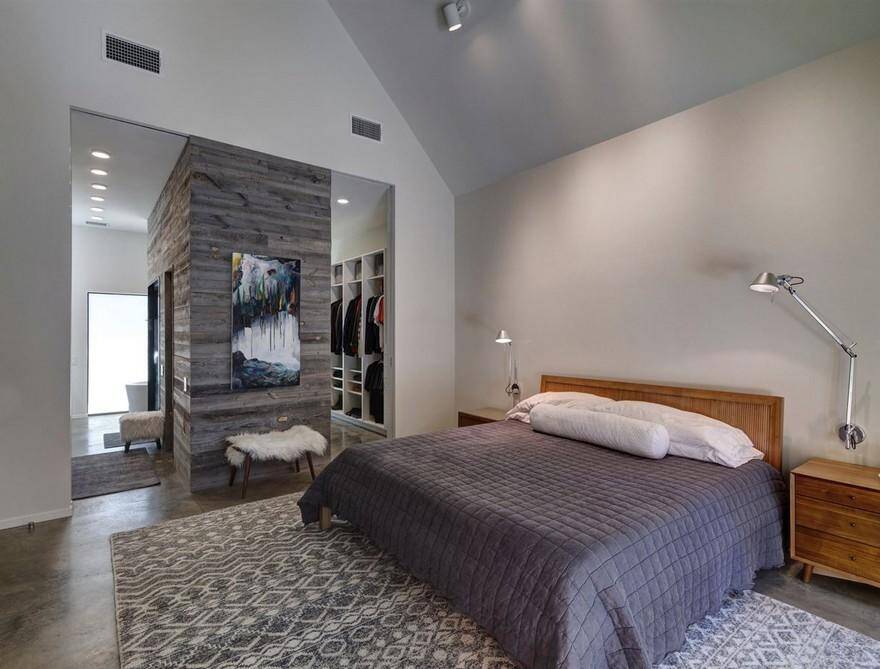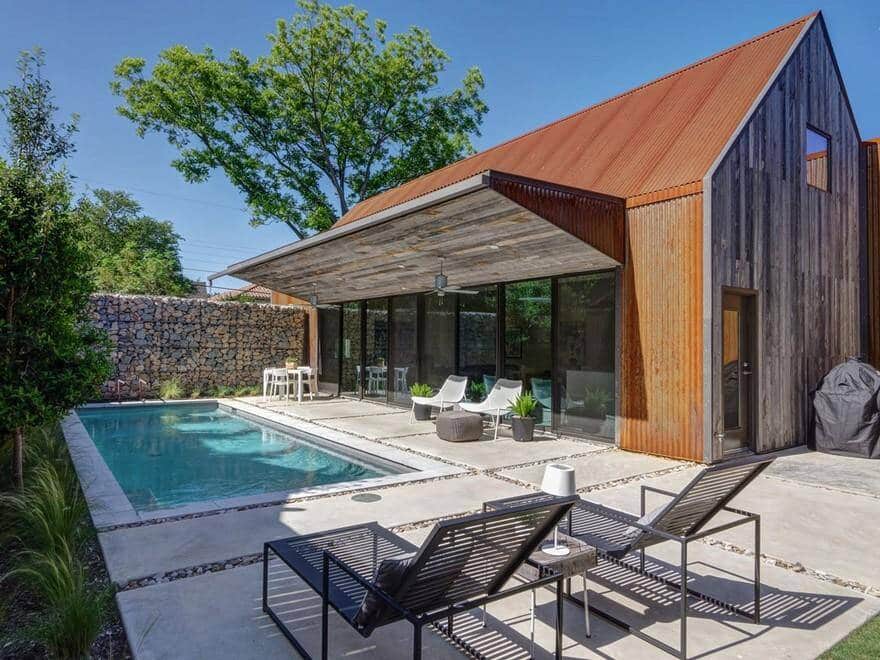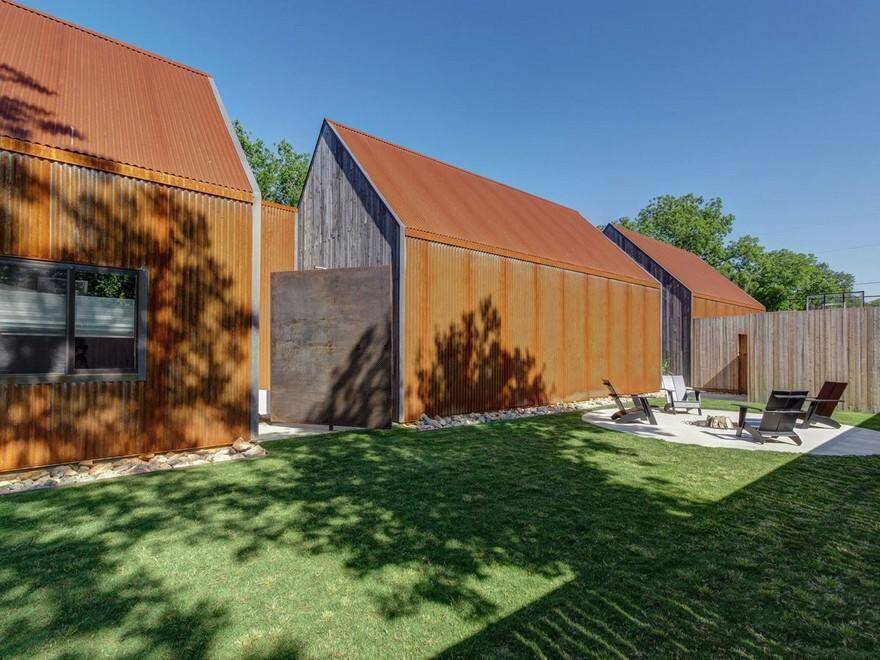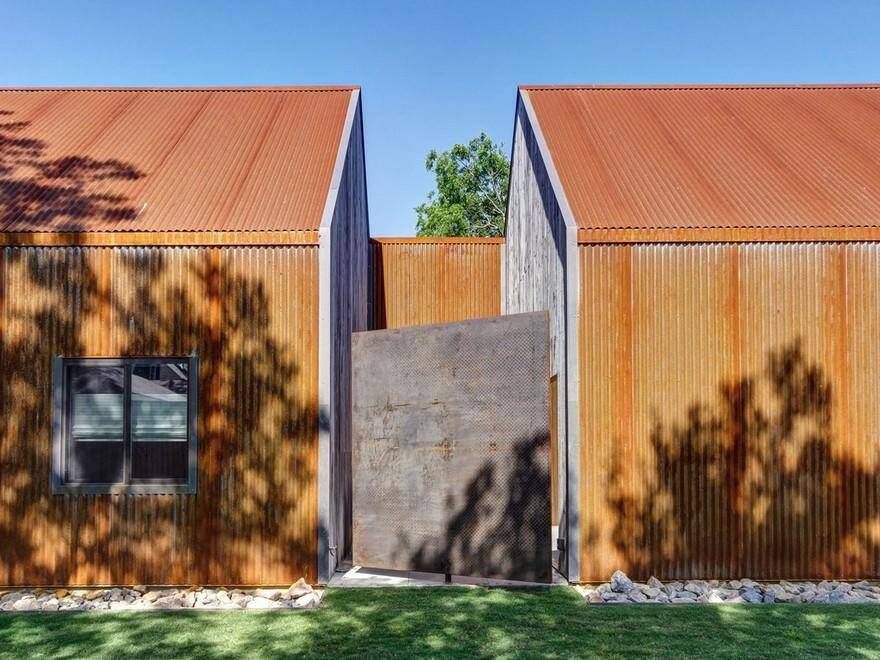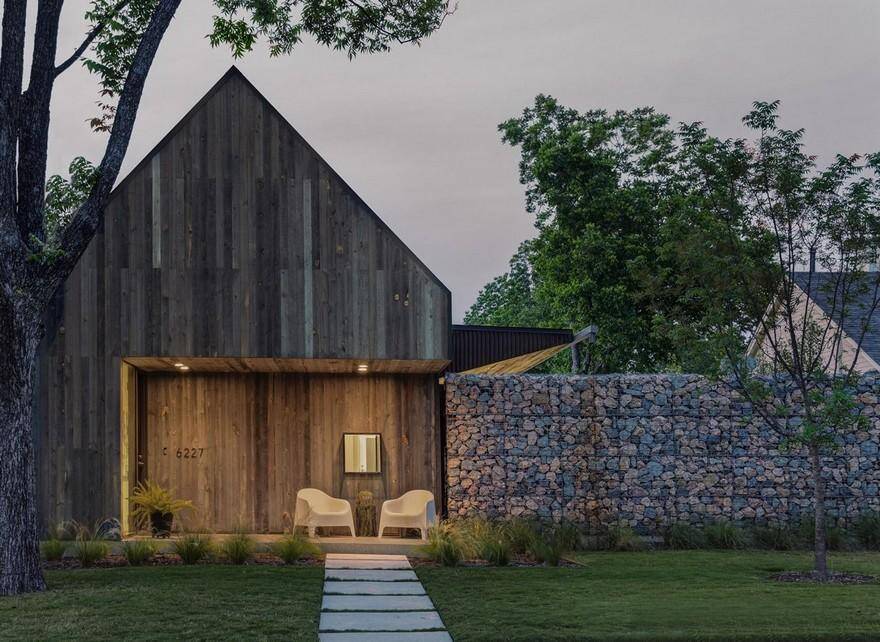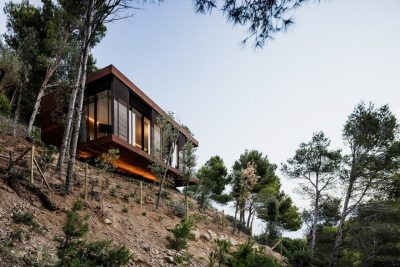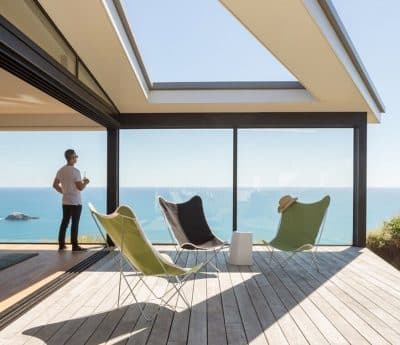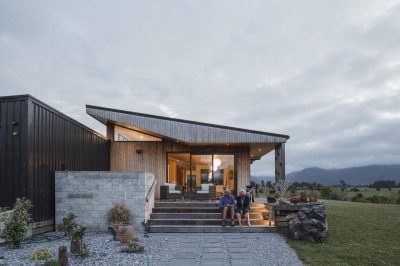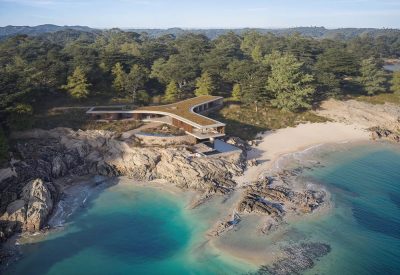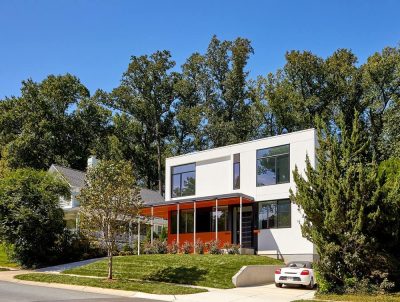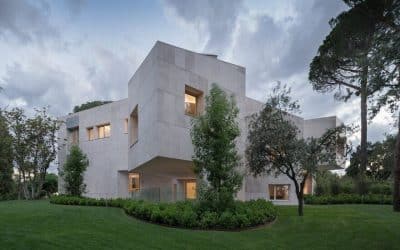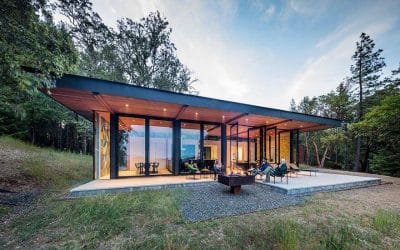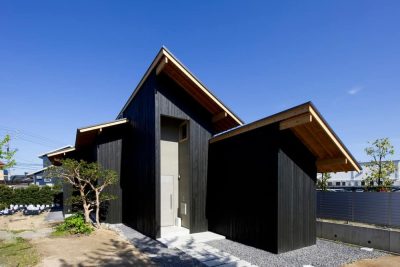Project: Linder House
Architects: Buchanan Architecture
Architectural Team: Russell Buchanan, FAIA, Gary Orsinger, AIA
Location: Vanderbilt Avenue, Dallas, Texas, United States
Area: 3,700 sq ft
Year 2015
Photographer: James F. Wilson
Linder house is a 3,700 square foot single-family residence located in a well-established East Dallas neighborhood. Informed by the owner’s fondness for reclaimed materials, and inspired by the vernacular architecture of the historic Texas Blackland Prairie homestead, the residence embraces the architectural heritage of the earliest Dallas settlers by blending the simple forms and materials of the original prairie dwellings with the contemporary planning and crisp detailing.
The site is oriented on a perfect north-south axis and measures 50 feet in width and 220 feet in length. The one-story residence is placed on the west side of the property to maximize the use of the site and to provide a large outdoor space to the east.
The vaulted ceiling in living/dining/kitchen space expresses the basic form of the building and reveals the structural rods held in tension with exposed turnbuckles. To the east, a large expanse of sliding glass doors opens to the pool area. A cantilevered awning provides protection from the elements and creates a comfortable outdoor area next to the pool. To the west, a long wall without any fenestration is intended for a growing collection of local artwork. This west wall extends the full length of the building and is designed to protect the building from late afternoon heat gain.
The roof and exterior walls are clad in recycled, corrugated steel panels intended to patina to a rusty, weathered finish. At each of the south and north elevations, the walls are clad in reclaimed snow fencing planks. A gabion wall provides privacy to the pool area and gives texture to the composition of the front elevation. The interior finishes are modest, consistent, and neutral throughout.
The organization of the plan is conceived as a series of individual “modules” linked together by a continuous hallway. This long, narrow configuration of spaces allows the building to stretch all the way from the front porch to the garage, an important convenience expressed in the owners’ program.
Outdoor patios are integrated into the plan in order to separate building functions. At the southern front door entry the patio is created as an indentation in the front façade and provides a covered porch to welcome guests and to enjoy interaction with the neighborhood, another specific request noted in the project program.
A second outdoor patio separates the living/dining/kitchen area from the kid’s/study/powder/utility area. This patio serves as an extension of the kitchen for outdoor grilling and provides convenient powder room access for the pool and other outdoor areas. A third outdoor patio separates the kid’s/study/powder/utility area from the master suite.
As requested by the owner, this patio is given exclusively to the master bedroom and provides a private and secure outdoor space filled with natural light. Finally, an outdoor patio separates the master bathroom from the garage. Here again, deference is given to the master bathroom which has translucent glass at the north elevation providing natural light and privacy to the bathroom and dressing areas.

